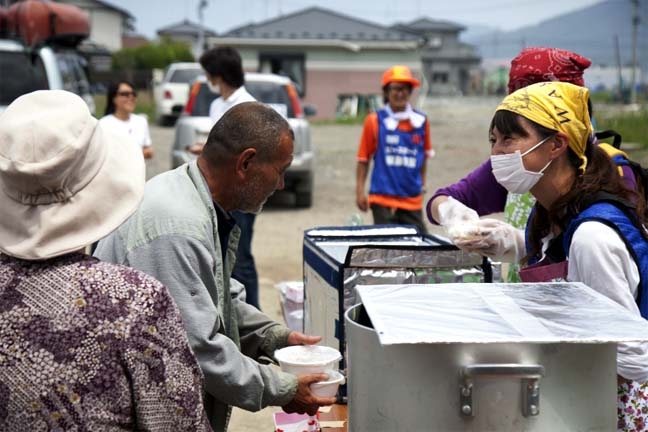
Life Desk :Japan is still recovering from the March 11, 2011 earthquake and tsunami, but in the future, it is well prepared to minimize the damage during such disasters.The Fire Rescue Task Force, nicknamed “Hyper Rescue” was formed after the Great-Hanshin Awaji Earthquake in 1995, when the establishment of highly advanced rescue units was considered a critical issue.They are headquartered in Adachi-ku in eastern Tokyo, and respond to emergencies at home and abroad. The team consists of 63 people, who are specially trained firefighters with advanced rescue gear.Unity is their strength, and they improve the quality of rescue operations through repeated training and discussions. This training was to evacuate smoke in the room with the help of ventilation units, and it was completed within a minute.The forces are equipped with many special vehicles and apparatus.”We have to work in severe disaster areas. So, it’s important for us to take every possible measure to prepare for different types of disasters. We always keep our eyes open for disasters all over the world, and discuss them. In case we have to respond, what kind of apparatus we should use,” said Seiichi Kaneda, fire lieutenant, Support Task Force Chief.Japan is well-prepared for disaster management.Located at Meguro-ku in Tokyo, POSCO Corporation is Japan’s one of the largest geospatial companies that collects satellite and aerial photography, and supplies it after analyzing and processing the data for geo information systems.They use leading edge-technology such as PALS or Portable Aerial Photography and Locater System.”We have to work speedily at the time of a disaster. When we took aerial photos and give one of it to the ministry, they asked for the location. Then a professional engineer with experience of 20-30 years worked on it to locate the place. It took almost half-a-day for him to establish the location of the picture. We want to assist in disaster relief activities and I want to set up an efficient system to save time in locating disaster areas,” said Tsuneki Sakakibara, Manager, PASCO Corporation.In a time-sensitive situation they have to use helicopters and portable cameras. Sometimes, it gets difficult to locate a place. But, PALS has made this possible.The orange dots in the picture are the photographed places and white dots are the locations of the helicopter.The data is automatically collected by PALS. This is the disaster area hit by the Great East Japan Earthquake.PALS clicks about 3,000-5,000 images in 2 hours flight.”We created this portable system not only for Japan but also for the whole world. Actually, we have already done tests abroad. So, I want people overseas to use it, and experience its usability,” said Tadao Shimada, senior GIS engineer, PASCO Corporation.Disasters like tsunami and earthquake are widespread, and the use of technology can help in better managing them.

